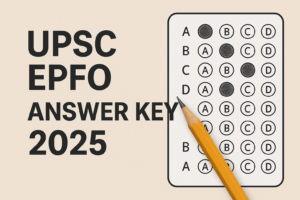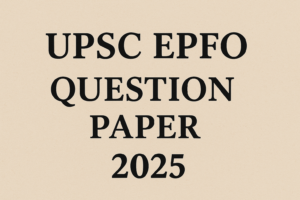Q.16 Discuss how the changes in shape and sizes of continents and ocean basins of the planet take place due to tectonic movements of the crustal masses. (15 marks, 250 words)
| Approach |
| Begin with a brief introduction to plate tectonics as the driving force behind changes in continents and ocean basins. In the body, explain processes at divergent boundaries (seafloor spreading, rift valleys), convergent boundaries (subduction, mountain building, closure of seaways), and transform boundaries (faulting, lateral displacement) with suitable examples. Then highlight the geomorphological, climatic, biological, and human impacts of these changes. Conclude by emphasizing that tectonic movements continuously reshape Earth’s geography and influence life systems. |
Changes in the shape and size of continents and ocean basins are a direct result of the continuous tectonic movements of the Earth’s crustal plates. This process, known as plate tectonics, is driven by heat from the Earth’s interior and manifests through three primary types of plate boundaries: divergent, convergent, and transform.
Divergent Plate Boundaries
- Formation of Ocean Basins: Seafloor spreading, a continuous process where new oceanic crust is generated at mid-ocean ridges, pushes older crust outward, thereby causing ocean basins to widen.
- E.g., The Mid-Atlantic Ridge is pushing South America and Africa apart, causing the Atlantic Ocean to widen by 2–4 cm annually.
- Rifting and Continent Breakup: On continents, divergent boundaries cause the crust to stretch and thin, forming rift valleys.
- E.g., The East African Rift System indicates that Africa may eventually split, creating a new continental outline.
Convergent Plate Boundaries
- Subduction and Basin reduction: Where oceanic plates are subducted under continental or oceanic plates, basins contract.
- E.g., The Pacific Ocean is shrinking due to subduction along the “Ring of Fire,” particularly at the Mariana Trench and Peru-Chile Trench.
- Mountain Building and Folding: When two continental plates collide, the crust folds and uplifts.
- E.g., The Himalayas (India-Eurasia collision) and the Alps (Africa-Eurasia collision) significantly modified the shape and elevation of continents.
- Island Arcs and Marginal Seas: Subduction also creates volcanic arcs and marginal seas, altering basin structures.
- E.g., The Japanese Archipelago and the Philippine Sea are results of such processes.
- Closure of Ocean Gateways: Plate movements can close seaways, altering basin connectivity.
- E.g., The closure of the Tethys Sea reshaped Eurasia, while the Isthmus of Panama altered Atlantic-Pacific circulation.
Transform Plate Boundaries
- Fracture Zones: In oceanic crust, transform faults offset segments of mid-ocean ridges.
- These fractures accommodate the different spreading rates along the ridge, ensuring the overall shape of the basin remains consistent.
- Horizontal Displacement: On continents, transform faults can cause significant horizontal displacement of landmasses over time.
- E.g., The San Andreas Fault in California shifts coastal landmasses laterally, altering shapes over time.
| Consequences of These Changes |
|
By expanding and shrinking ocean basins, and splitting, colliding, and reshaping continents, tectonic movements constantly redefine the planet’s geography. These processes not only determine land-ocean configurations but also influence climate, biodiversity, and human settlements.

 UPSC EPFO Answer Key 2025 Out (Unofficia...
UPSC EPFO Answer Key 2025 Out (Unofficia...
 UPSC EPFO Question Paper 2025 PDF Downlo...
UPSC EPFO Question Paper 2025 PDF Downlo...
 UPSC EPFO Admit Card 2025 Out @ upsc.gov...
UPSC EPFO Admit Card 2025 Out @ upsc.gov...

























